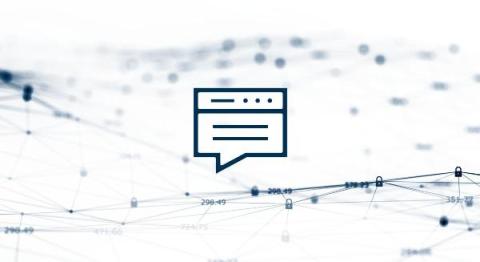Emerging Threat: Windows LDAP CVE-2024-49113
CVE-2024-49113, also known as LDAPNightmare, is a high severity (CVSS score of 7.5) unauthenticated Denial of Service (DoS) vulnerability in Windows Lightweight Directory Access Protocol (LDAP). This vulnerability allows attackers to crash any unpatched Windows server with an internet-accessible DNS server by overwhelming a critical internal component of the operating system. Both CVE-2024-49113 and its relative, the critical RCE vulnerability CVE-2024-49112, were publicized in December 2024.











